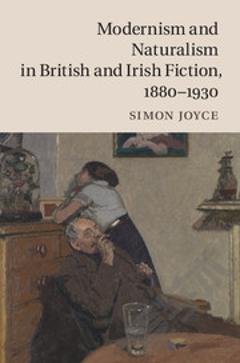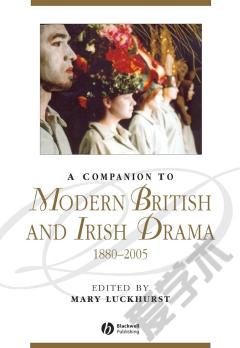Modernism and Naturalism in British and Irish Fiction, 1880–1930
This book argues that the history of literary modernism is inextricably connected with naturalism. Simon Joyce traces a complex response among aesthetes to the work of Émile Zola at the turn of the century, recovering naturalism's assumed compatibility with impressionism as a central cause of their ambivalence. Highlighting a little-studied strain of reflexive naturalism in which Zola's mode of analytical observation is turned upon the authors themselves, Joyce suggests that the confluence of naturalism and impressionism formed the precondition for so-called stream-of-consciousness writing. This style served to influence not only the work of canonical modernists such as Joyce and Woolf, but also that of lesser-known writers such as George Moore, Sarah Grand, and George Egerton.
{{comment.content}}








 京公网安备 11010802027623号
京公网安备 11010802027623号